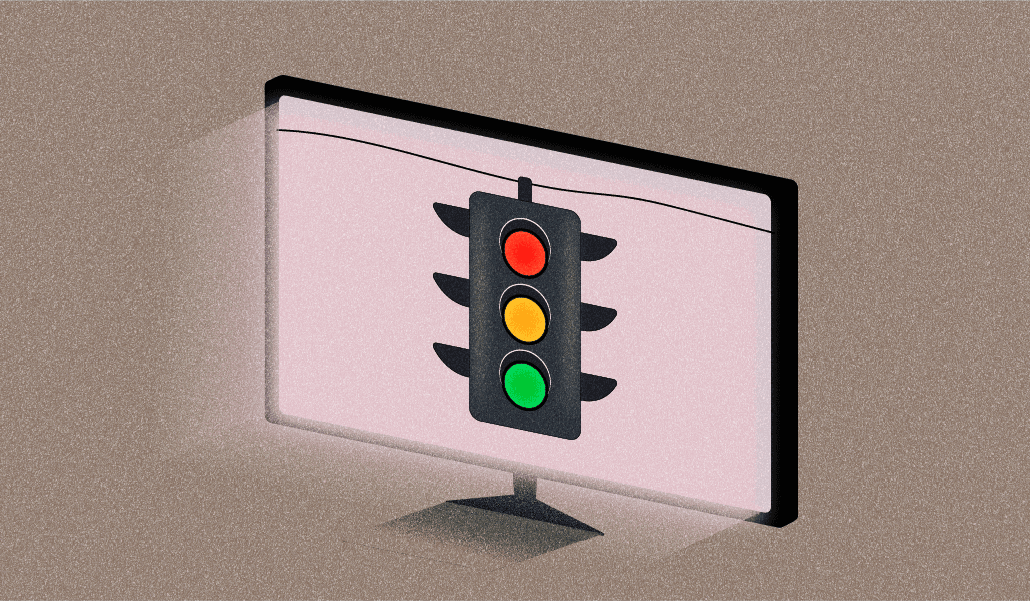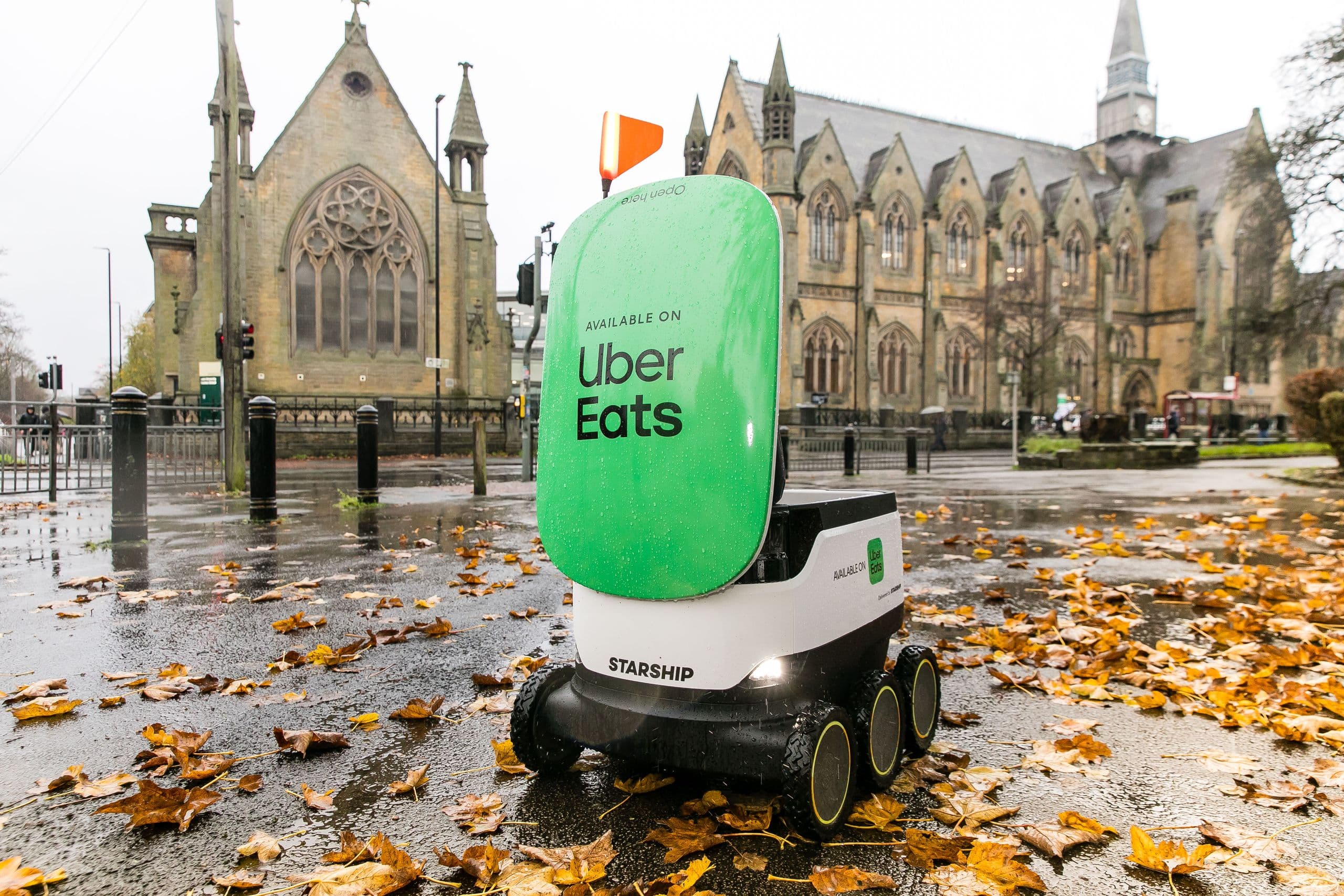Inside The Atlantic’s AI bot blocking strategy

Original Article Summary
The Atlantic's CEO explains how it evaluates AI crawlers to block those that bring no traffic or subscribers, and to provide deal leverage.
Read full article at Digiday✨Our Analysis
The Atlantic's implementation of an AI bot blocking strategy to filter out crawlers that bring no traffic or subscribers highlights the publication's efforts to optimize its online presence. By evaluating AI crawlers, The Atlantic aims to provide deal leverage, potentially increasing its negotiating power with companies that rely on its content. This strategy has significant implications for website owners, as it underscores the importance of monitoring and managing AI bot traffic. Website owners must be aware of the types of AI bots interacting with their sites, as some may be consuming resources without generating revenue or contributing to the site's growth. The Atlantic's approach serves as a model for website owners to reevaluate their own AI bot management strategies, focusing on blocking or limiting bots that do not provide value. To effectively manage AI bot traffic, website owners can take several actionable steps. Firstly, they should regularly review their site's traffic logs to identify and flag suspicious or low-value AI bot activity. Secondly, they can utilize the llms.txt file to specify which AI bots are allowed to crawl their site, thereby exerting control over the types of bots that interact with their content. Lastly, website owners can explore implementing bot-blocking tools or services to streamline the process of identifying and filtering out unwanted AI bot traffic.
Related Topics
Track AI Bots on Your Website
See which AI crawlers like ChatGPT, Claude, and Gemini are visiting your site. Get real-time analytics and actionable insights.
Start Tracking Free →

